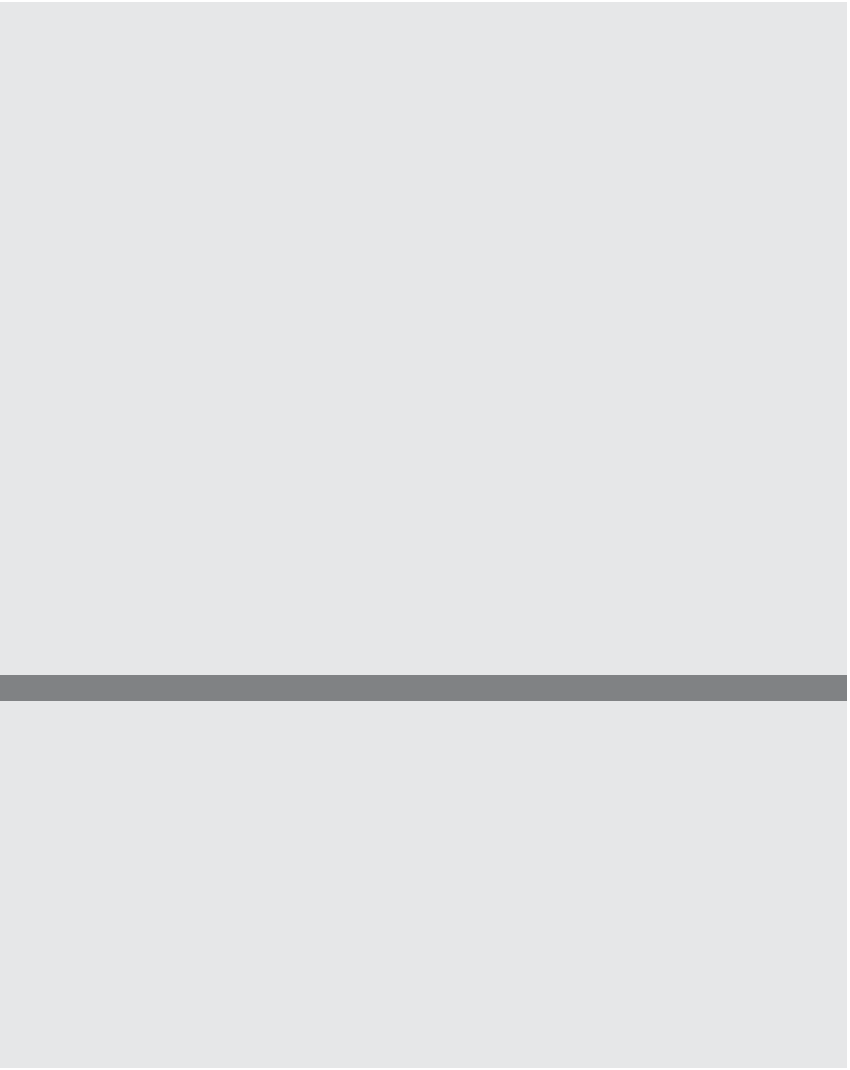HTML and CSS Reference
In-Depth Information
EXAMPLE
10.19 (
CONTINUED
)
<meta http-equiv="Content-Type" content="text/html;
charset=iso-8859-1">
<script type="text/javascript">
var myUrl;
1
function openSite(
url
){
2
parent.main.location = url;
3
myUrl=url;
}
4
function collapse(){
if ( ! myUrl){
5
parent.location = "tocmain.html";}
else{
6
parent.location=myUrl;
//
Force this page into the
//
parent location
}
}
</script>
</head>
<body bgcolor="#FFFFFF">
7 <p><a href="JavaScript:openSite('tocmain.html')">Home</a><p>
<p><a href="JavaScript:openSite('http://ellieq.com');">
Page 1</a></p>
<p><a href="JavaScript:openSite('http://prenticehall.com');">
Page 2</a></p>
<p><a href="JavaScript:openSite('http://google.com');">
Page 3</a></p>
8 <p><a href="JavaScript:collapse();">Hide Menu</a><p>
</body>
</html>
EXPLANATION
1
A function called
openSite
is defined. It takes one parameter, the URL of the Web site.
2
The parent is the main window where the frames are defined.
main.location
is the
frame on the right side of the toolbar. It was named
main
when the framesets were
defined. The main frame is assigned the URL of one of the Web sites after the user
clicks a link in the menu bar.
3
The global variable
myUrl
gets the URL of the current Web site shown in the right
frame.
4
The function called
collapse()
is defined. Its function is to make the right frame
fit into the whole window, hiding the menu bar.
5
If the user hasn't selected any page prior to selecting Hide Menu, the main frame
will take up the whole window. The
location
property of the
window
object refers
to the location of the parent window, the main window from where the frames
were created.
Continues



